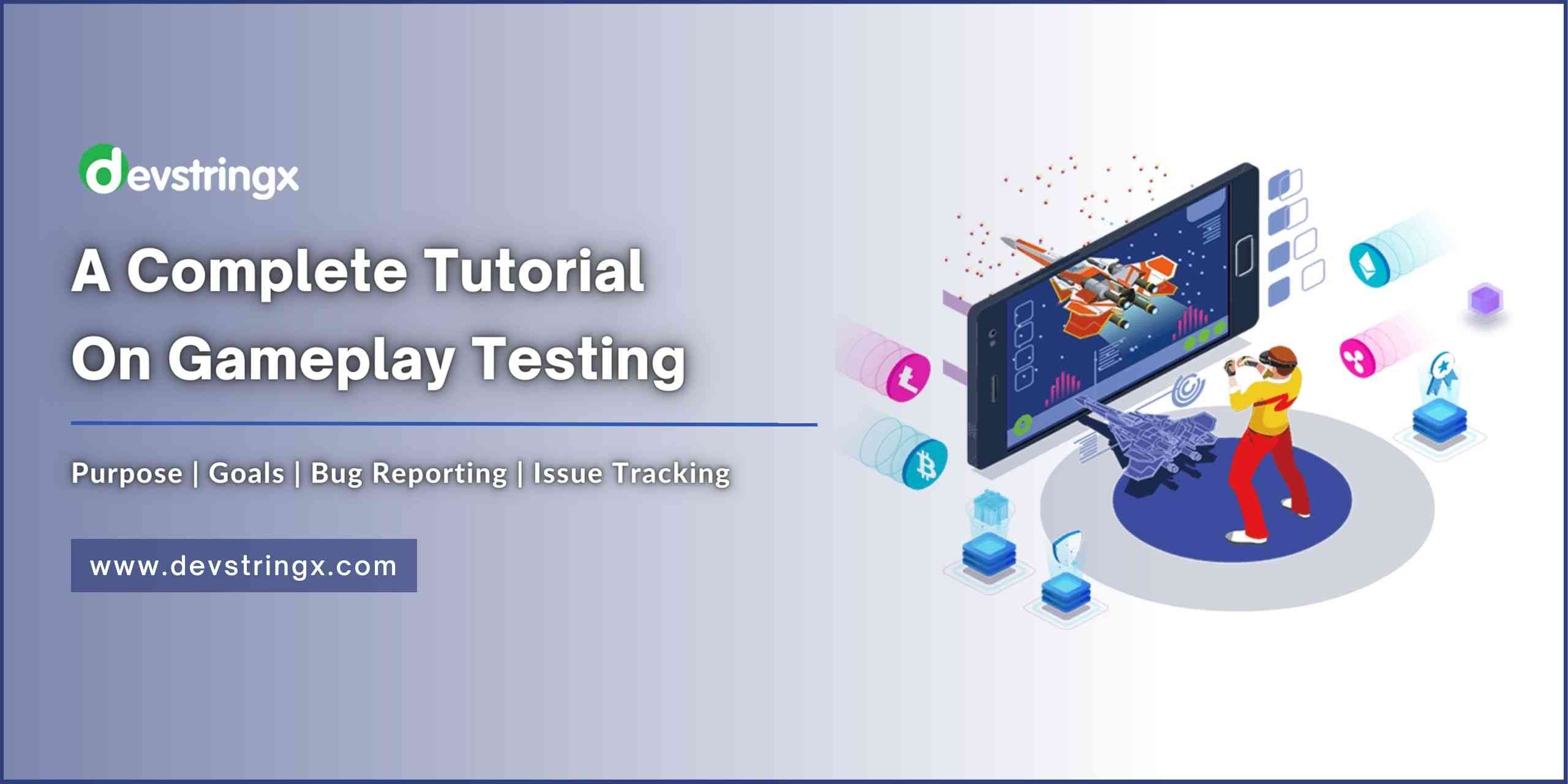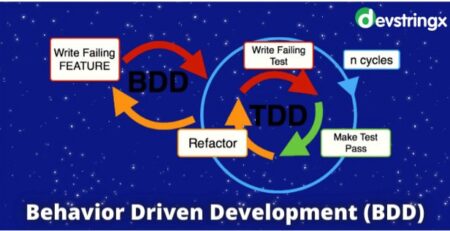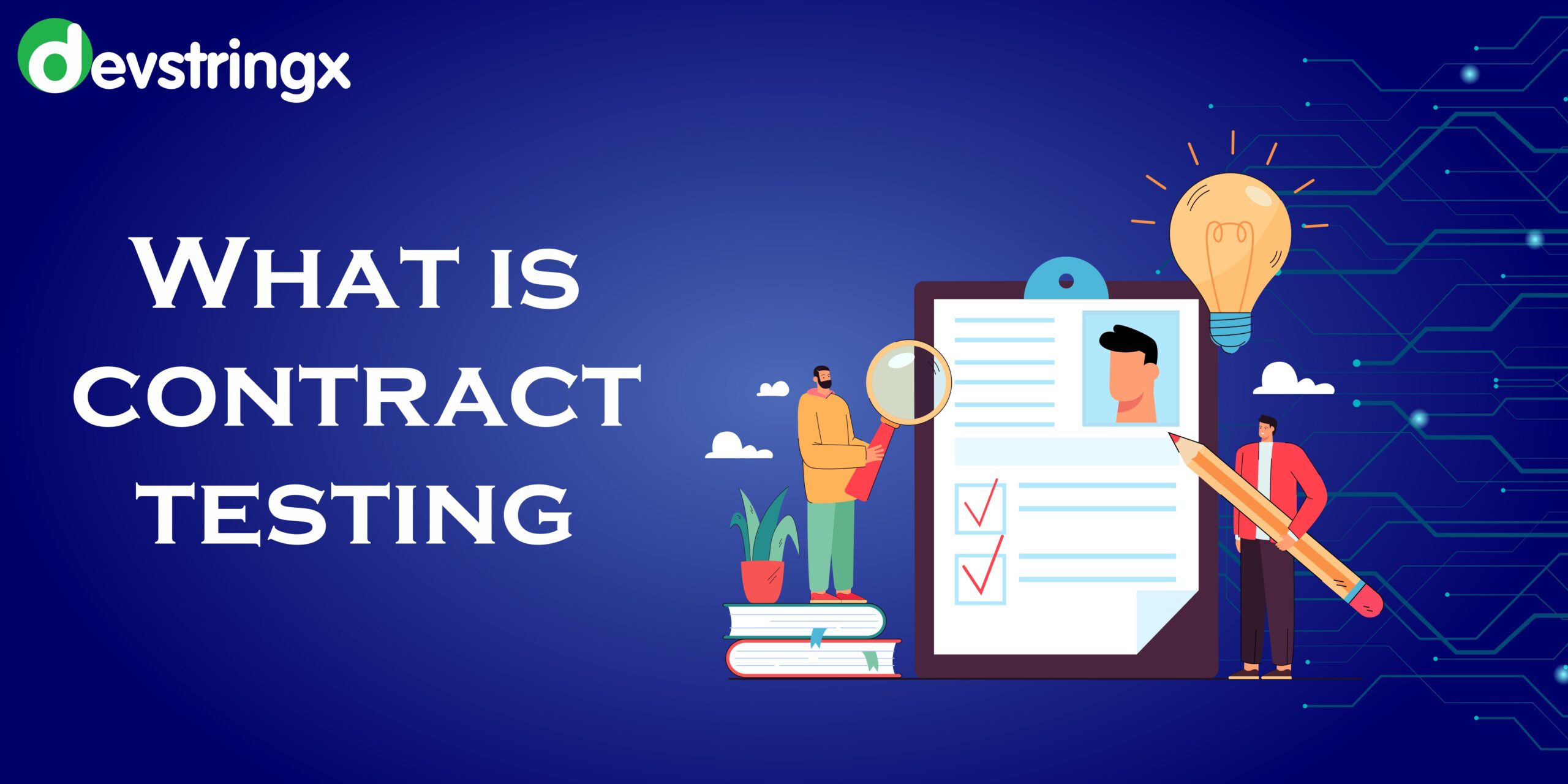What is Gameplay Testing & How Does It Work? – Devstringx
What Is GamePlay Testing?
In the industry of creating video games, gaming testing is essential for guaranteeing the caliber and general enjoyment of a game. To find problems, boost player engagement, and improve the gaming experience.
The Importance of Gameplay Testing
Because it aims to improve the player’s overall experience and enjoyment, playthrough testing is a crucial stage in the lifecycle of game development. It entails carefully analyzing the game’s mechanics, controls, interactions, and content to ensure fluent gameplay, find bugs, defects, and design flaws, and offer constructive criticism for fixes.
The Purpose and Goals of Gameplay Testing
Gaming testing’s main objective is to assess a game’s mechanics, controls, and player interactions in a genuine gaming setting. The goals consist of:
- Identifying and fixing bugs that affect gaming.
- Assessing the game’s balance and level of challenge to make sure it provides a challenging but interesting experience.
- Making sure the game is engrossing by analyzing the story, pacing, and gameplay design.
- Evaluating the performance and usability of the game on various hardware and software.
- Obtaining feedback from players to better understand their preferences and expectations for the next updates or sequels.
Preparing for Gameplay Testing
Before beginning gameplay testing, it is essential to establish a clear concept and spell out the objectives. This necessitates:
- Figuring out the player demographics and the target market to modify the testing process.
- Creating test cases and scenarios that cover a variety of gameplay elements, including character growth, combat, exploration, and puzzle-solving.
- Establishing a testing environment that is appropriate and contains the required hardware and software configurations.
- The game must be trustworthy and playable enough to test.
Test Planning and Strategy
A clear plan of action is required to execute gameplay testing successfully. Allocate adequate money and time for testing to achieve this.
- Establishing the goals and benchmarks for the test.
- Establishing test scripts and checklists to guarantee thorough coverage.
- Coordinating testing priorities and expectations with developers, designers, and other stakeholders.
Test Execution and Evaluation
Gameplay testers play the game while methodically examining numerous facets throughout the test execution phase. This comprises:
- Confirming the responsiveness and clarity of the controls and gaming mechanics.
- Examining the program for any audiovisual glitches, texture pop-ins, or animation problems.
- Evaluating the game’s performance, taking into account stability, load times, and frame rate.
- Assessing the AI’s actions, opponent encounters, and general difficulty curve of the game.
Bug Reporting and Issue Tracking
It is crucial to appropriately record problems and errors that are found during gameplay testing and to follow their resolution. This entails:
- Recording problems with thorough descriptions, instructions for replication, and supplementary materials (screenshots or videos).
- Prioritizing problems according to their importance and effects on gameplay. collaborating with developers to make sure reported issues are correctly understood and resolved.
- Tracking the progress of issue resolution and retesting to verify fixes.
To get detailed insights about Bug please visit our written blog on the difference between bugs and defects.
Usability Testing and Player Feedback
To increase overall user happiness, usability testing focuses on comprehending the player’s experience and receiving feedback.
- Conducting playtests with a varied set of players who represent the target audience is required.
- Seeing how players interact with the game and documenting any problems, misunderstandings, or potential development areas.
- Collecting input via questionnaires, interviews, or focus groups to gain an understanding of the game’s advantages and disadvantages.
Analyzing Test Results and Iterative Testing
After gameplay testing is over, patterns and areas for improvement are found by analyzing the data gathered and test results. This includes:
- Examining bug complaints and monitoring problem resolution.
- Examining player input to learn more about their preferences, demands, and complaint areas.
- Based on the noted areas for improvement, iterating on the game’s design, gameplay, and content.
- Executing additional testing to confirm the success of implemented changes.
Good to Read:- The Different Types of Software Testing
Multiplayer and Online Gameplay Testing
Online and multiplayer games raise additional testing issues. This includes:
- Assessing the stability and performance of the server under various network and load scenarios.
- Checking the efficiency and fairness of player interactions, including leaderboards, chat systems, and matchmaking.
- To ensure that everyone has an enjoyable and fair gaming experience, network synchronization, and latency concerns must test.
Mobile and Console Gameplay Testing
Specific testing needs should be taken into consideration while creating games for consoles and mobile devices. This involves:
- Ensuring compatibility with various hardware setups, screen sizes, and input techniques.
- Performance improvement for constrained resources and variable network circumstances.
- Following the rules and specifications related to the platform, such as certification procedures.
The Role of Quality Assurance (QA) Testers
QA testers are essential to gameplay testing because they focus on verifying the game’s quality and stability. They are accountable for:
- Conducting thorough testing to find bugs, hiccups, and other problems.
- Confirming the proper implementation of corrections and enhancements.
- Regression testing is done to make sure that new changes don’t cause more issues.
- Collaborating with game designers, developers, and other stakeholders to offer suggestions to improve the game’s overall quality.
Automation in Gameplay Testing
The effectiveness of gameplay testing can be considerably improved by automation testing tools and frameworks. This comprises:
- The creation of scripts to automate repetitive processes, including input and navigation sequences.
- To find potential bottlenecks or stability problems, stress and performance testing should be done.
- Creating test metrics and reports to monitor testing progress and deliver useful information.
Emerging Trends in Gameplay Testing
Playtesting is impacted by changing trends and technologies as the gaming business develops.
- Testing of virtual reality (VR) and augmented reality (AR) for immersive and interactive experiences are some upcoming topics.
- Cross-platform testing ensures uniform gameplay across many platforms and devices.
- To make games more inclusive and pleasant for players with impairments, accessibility testing conduct.
- To obtain real-time data and insights for ongoing improvements, user analytics, and telemetry testing use.
Best Practices for Effective Gameplay Testing
Following these best practices will help gameplay testing be as effective as possible:
- Start testing early on in the development process to find issues quickly and fix them.
- To provide thorough coverage, combine human and automated testing techniques.
- Keep lines of communication between testers, developers, and other stakeholders open and unambiguous.
- To ensure user pleasure, place a strong emphasis on usability testing and player feedback.
- Based on the information gathered and the learnings from testing, iterate and improve continuously.
Conclusion
To ensure the quality, playability, and overall enjoyment of games, gameplay testing is a crucial step in the game development process. Developers may find and fix problems, improve player engagement, and optimize the gaming experience by methodically analyzing various gameplay, mechanics, and user interactions.
Planning, execution, problem reporting, usability testing, and iterative adjustments based on player input are all essential components of effective gameplay testing. Developers may create outstanding gaming experiences that enthrall and please gamers by embracing best practices and adjusting to new trends.
FAQs
Q: How long does average gameplay testing last?
A: The length of gameplay testing can change based on the size and complexity of the game. It may take several weeks to several months, with numerous testing iterations.
Q: The testing of gameplay involves any professional gamers?
A: Although certain expert gamers may use as testers, the main goal of gameplay testing is to get feedback from a wide range of players that represent the target demographic.
Q: Playthrough testing: Is it just for video games?
A: Video games are the main context for gameplay testing. However, comparable testing guidelines can use to evaluate other interactive media, including serious games and virtual reality experiences.
Q: How crucial is gameplay testing for independent game makers?
A: Gameplay testing is equally important for independent game developers since it helps them find and fix problems, improve gameplay, and raise the bar overall for their work, all of which contribute to their success in the cutthroat gaming industry.
Q: Can the game’s development team also test the gameplay?
A: Although game creators may perform some initial testing, using specialized gameplay testers or quality assurance (QA) experts ensures a new viewpoint and objective assessment of the game.
Hire India’s top-notch software testing services from Devstringx Technologies, We have great expertise In multiple domains like e-commerce, logistics, real estate, etc. Our services are cost-effective, & We have a decade of experience dealing with National, & Overseas clients.














